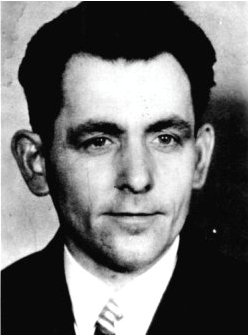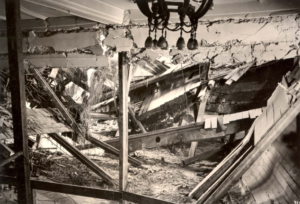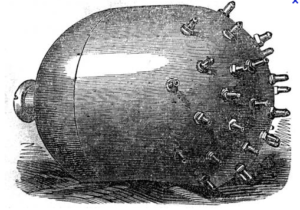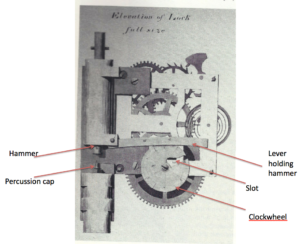Hitler was the subject of a number of assassination attempts. This is the story one of the lesser known ones, using an IED.
Georg Elser was an ordinary German carpenter who took a dislike to Hitler in the 1930s. In late 1938 Elser decided to assassinate Hitler. He took this decision apparently as an individual, with no outside help. He became aware that once a year Hitler returned to Munich to give a speech in a famous Munich Beer Cellar. He visited the cellar in November 1938 and decided it would be the site of an attack a year later, showing immense patience and careful planning. Not having access to explosives but realising that an IED would be suited to the attack, Elser got a job in a quarry and over the year was able to steal enough explosive components. He made several “test” devices and exploded them successfully in the Bavarian countryside.

Several weeks before the planned assassination, Elsner frequented the Beer cellar and each night hid in a storeroom before closing time. Then after everyone had left, he spent the night preparing the location for his concealed IED. He removed a wooden panel and hid the explosives in a space he chipped out methodically from a stone pillar adjacent to where Hitler was due to speak. The preparation took two months, working almost every night.
Finally Elser placed the charge, which he had built into a cork lined wooden box, to conceal the noise of the ticking clock timer. He set the timer to go off at 9.20pm on 8 November 1939, twenty minutes into Hitler’s scheduled hour long speech. The IED functioned right on time, right as expected, killing eight and wounding dozens more. The only problem was that Hitler had rescheduled the time, had spoken at 8pm and was out of the building at 9.07pm, to catch a train.

Elsner was caught trying to cross the border into Switzerland and arrested. The border police then found a postcard of the beer cellar in his pocket along with a diagram of an IED. The game was up. Elsner confessed all. He was imprisoned and eventually killed in Dachau concentration camp.

There were other attempts to kill Hitler with explosives, including the von Stauffenberg plot, and other failed plots, one involving a suicide IED hidden in the operatives trousers…(underpants bombers aren’t new!) and one hidden in a bottle of Cointreau – I’ll save those stories for future blog posts.
This attack was interesting – by being able to (almost) predict a year in advance the presence of his target Elser was able to conceal an IED behind wooden panelling and time the device to explode at the right time – exactly the same technique used in the failed attempt to assassinate Margaret Thatcher with a timed device hidden behind panelling in the Brighton Hotel in 1984.









